The World Health Organisation believes 80% of people have iron-deficiency anaemia. It is the most common deficiency disease in the world. Anaemia shows up first with symptoms like fatigue, pale skin, weakness and inability to maintain body temperature. So many people are anaemic despite eating the right kind of foods. And it’s not just vegans – as many meat-eaters are anaemic as vegans.
On the other hand, too much iron is also becoming more common around the world. Iron is a pro-oxidant which ‘rusts’ in the body if not either used or stored quickly. We need the right amount, but not too much.
This post looks at how to tweak your diet to make sure you have enough iron – but not too much.
From food to blood
Getting the right amount of iron – but not too much – is all about absorbing it properly from the right foods. Once again, it comes back to your digestion. That’s where most problems begin.
Here’s how we get iron from our food to our cells:
Iron comes in two forms – heme – mostly from haemoglobin (in blood) and myoglobin (in muscle) in animal tissue which we eat, or non-heme – straight from plants which they have picked up from the soil or water.
Once the intestinal cells absorb an iron atom, it goes to holding sites in the body where it is stored as ferritin. Ferritin molecules are proteins which hold up to 4500 iron atoms each. They control blood (serum) levels, keeping them more or less constant. Ferritin is mainly in the bone marrow where red blood cells are made, and in the spleen and liver. There is also a lot of it in the pancreas and heart – and when people take in too much iron, these organs are damaged.
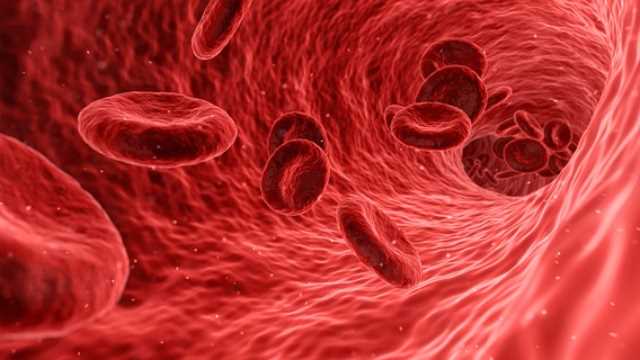
When iron travels in the blood, it is bound to another protein, transferrin, that prevents it from damaging cells. Low transferrin levels result in iron acting as a free radical and causing havoc to surrounding cells.
From blood to cells
When the transferrin reaches the bone marrow, it binds to receptors on the sides of newly formed red blood cells. The iron pulls away from the transferrin, forms haemoglobin in the red blood cells and can then pick up oxygen in the lungs to carry to the rest of the body for use.
Once at the cells, the iron does three things:
- it drops off its oxygen load which then oxygenates cells
- Then it becomes part of the energy production system (the electron transport process), moving electrons about in the mitochondria till ATP energy molecules are produced for immediate use. In this way, it helps convert blood sugar to energy.
- It also helps various enzyme reactions.
You then feel energised and can do more overall! Your mind also feels clear.
That’s why we need iron.
How much do we need?
This is the recommendation of the Australian National Health and Medical Research Council:
- Women of childbearing age and lactating women need almost 12-16 mg/day.
- Men need only 7 mg at any age.
- Pregnant women need between 10 and 20mg/day.
- Post-menopausal women need between 5 and 7mg/day.
- Children vary according to age.
Too Little Iron
Symptoms of anaemia occur when the blood (serum) levels of iron get too low. This is when you feel tired and irritable, find it hard to concentrate on work, and find exercise almost impossible. You also feel cold. You may have headaches and look pale. If you pull down your lower eyelid, it will look white, instead of a normal pink-red colour.
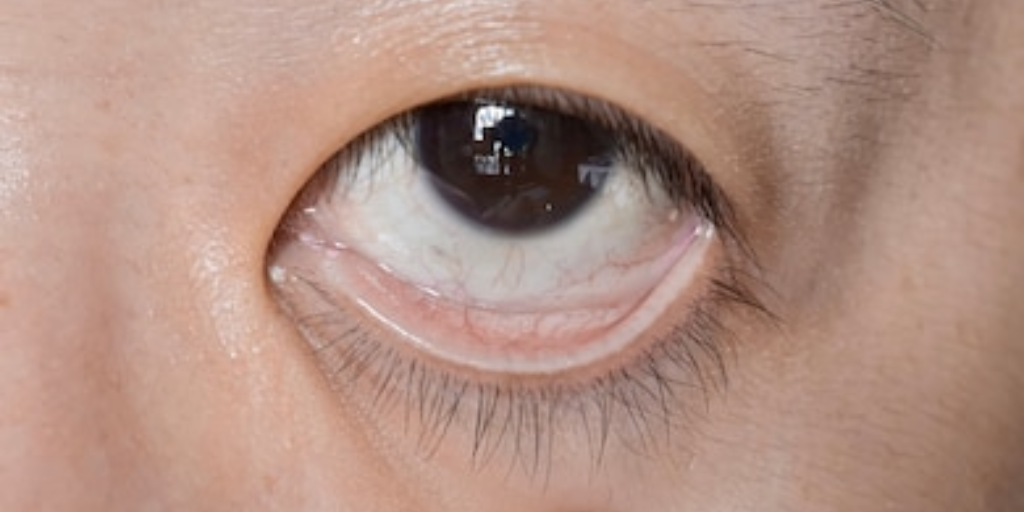
If you’re pregnant, anaemia can result in premature birth, a low birth weight baby and more risks for the mother.
Too little iron is not good.
Only about 10% of the non-heme iron from plants absorbs from our intestinal tract. About 18% of the heme iron from meat is absorbed, however. Thus, vegetarians need 1.8 times higher dietary intake than omnivores.
Vegetarians do tend to have lower iron stores (ferritin) than omnivores, but they do not have higher rates of anaemia. Their serum (blood) levels are sufficient. As long as they keep on eating enough iron-rich foods day in and day out, they will not usually become anaemic.
I have never been anaemic in all my years of being vegan, yet I have treated many anaemic omnivores.
What can block iron absorption?
Certain agents in plant foods can reduce mineral absorption. But they don’t affect iron absorption as badly as once thought.
- Oxalates appear to have a minimal effect on its availability. Oxalates are high in spinach.
- Phytates are powerful anti-cancer parts of many plant foods, especially legumes and whole grains like oats, wheat and brown rice. They do restrict a little of the bioavailability of some minerals, including iron, but not enough to hurt people’s health. You can read more <here> about the reasons NOT to reduce phytate-rich foods from your diet.
We are sure of this because people eating phytate-rich foods live the longest, healthiest lives around the world, and are not found to be anaemic.
Soaking beans first or yeasting/fermenting grains, such as for making yeasted bread, reduces phytates considerably. But even if you fail to do this, you are highly unlikely to find yourself anaemic if you are eating a varied diet.
There is one food that DOES inhibit iron absorption, however. That is black and green TEA. Tannins in tea reduce iron’s absorption by up to 50%. If you are anaemic, it is best to reduce tea or drink it an hour before or two hours after meals.
Calcium also reduces iron absorption – both heme and non-heme. But studies show that is more likely to happen when calcium supplements are taken, not calcium-rich foods. Vegetarians tend to suffer from higher levels of anaemia than vegans, perhaps because of the higher amounts of calcium-rich dairy drunk and eaten as cheese and yoghurt. A person on a healthy diet should not need calcium supplements, but if they are prescribed temporarily, consume away from iron-rich foods.
Too much iron
Not getting enough iron poses serious health problems – but so does getting too much.
The problem is that iron is a pro-oxidant – which means that it oxidises. Oxidation is a kind of ‘rusting’ which causes inflammation.
Carrying too much iron means the ferritin stores are already full, and there is also too much in the blood to be used for carrying oxygen to cells. There are not enough red blood cells to carry it or enough transferrin to bind it to. When the hepcidin hormone fails to operate normally in regulating its absorption, the disease called hemochromatosis is diagnosed. This is therefore not just a matter of having too much iron on board but now includes hormonal dysfunction.
It is impossible to get too much iron by eating plant foods. But it is very easy to get too much from eating meat.
Too much heme intake places us at increased risk of several cancers, including colorectal cancer, pancreatic cancer and lung cancer. There is <compelling evidence> that high heme also increases the risk of type-2 diabetes, gallstones and coronary heart disease.
Too much iron is not good.
Our Design Controls the Amount
How do we get not too little and not too much – but just the right amount?
Our bodies can control the amount. Mineral absorption is like a highly regulated ‘computer’ system. Our bodies have been carefully designed to regulate the amount of each mineral absorbed from our digestive tract into our bodies. Only when we override the system with bad habits does it break down and fail to serve us well.
Here’s a simple version of how it works:
In order for non-heme plant iron to cross the brush border of our small intestines into the bloodstream, it needs a special transport cell (called DMT1) – like a taxi – to take it across that border. A hormone from the liver, hepcidin, regulates how many of these ‘taxis’ are available, depending on how much iron the body needs to keep enough in the ferritin storage tanks as well as enough in the serum bloodstream for daily use. (This hormone also regulates the amount of transferrin available in the blood to carry the iron around.)
In this way, we end up with just the right amount for our daily needs with enough left for emergencies.
But there is a problem –
The Iron in Meat Enters Uninvited
Non-heme iron from plant foods follows the safety rules – it hires the available ‘taxis’ to get into the body. The body provides fewer ‘taxis’ (in response to rising hepcidin levels) when it has sufficient onboard for daily activities, and more ‘taxis’ when more is needed (in response to dropping hepcidin levels).
But the heme iron from meat is like a gate-crasher. It doesn’t care whether it’s needed in the body or not – it just crashes right through the intestinal border, disregarding the ‘taxis’ standing by, and goes directly into the bloodstream. Even if there are no ‘taxis’ waiting at all because the body already has sufficient, it barges right in, regardless, leaving the body at risk of an overload.
The meat industry advertises that iron is one of the good reasons to eat plenty of meat – but it’s actually one of the main reasons to avoid it. Because the human body was not designed to handle all the iron that meat brings in.
How do we get rid of iron?
If you are eating a plant-based diet, you will never need to get rid of excessive iron – your body will never absorb too much. It will never reach destructive levels in your body.
If you are eating an omnivorous diet, however, or worse, a carnivorous diet, you may be in danger of iron overload.
If you are a female of childbearing age, you are probably safe. Menstruation means you are losing blood monthly which gets rid of a certain amount of iron. This is a good thing. A breastfeeding mother is also passing off iron to her baby.
If you have any form of internal bleeding, you will also be losing iron. This, of course, is a bad thing. It may indicate internal injury or disease. Someone who is anaemic despite an adequate diet, and is not improving with supplementation, will be investigated for this.
If you are an omnivorous man or post-menopausal woman, you can potentially move toward hemochromatosis. This is because you have no way of getting rid of iron. If you are consuming too much of it, it just keeps on building up in the body, causing inflammation and damage.
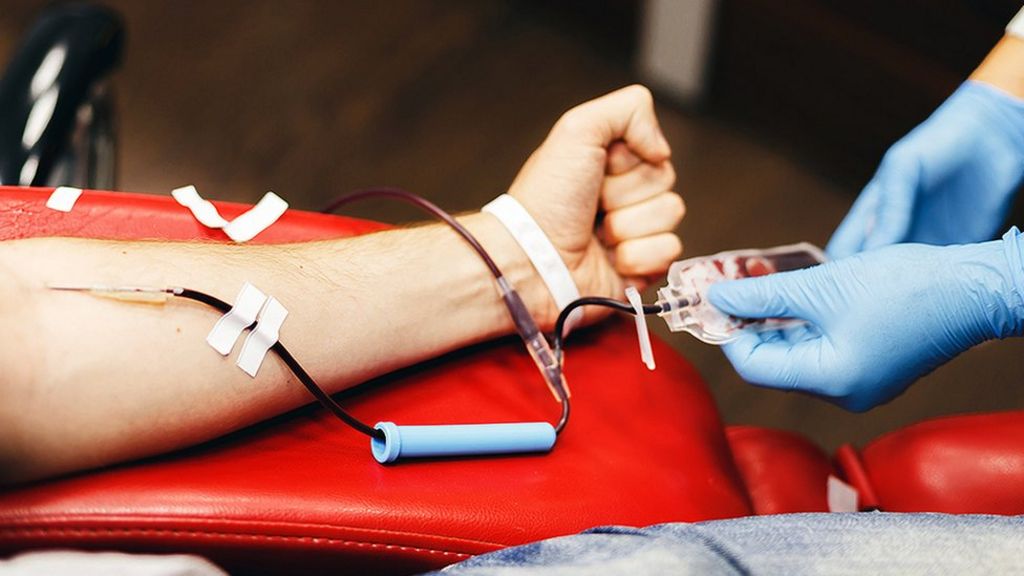
The only way to deal with this problem is to donate blood regularly and cut down on meat-eating.
Where do vegans get their iron?
Several plant foods provide as much iron as red meat per serve – and all in a form that the body can regulate and ‘taxi’ in if needed or leave stored in the intestinal walls for later on if not immediately required.
I can easily get about:-
- 4mg from a 1/2 cup of cooked beans or lentils (the same as from a serve of 90g beef), or
- 4 mg from a cup of mushrooms;
- potatoes and sweet potatoes are a good source, as are
- many green vegetables.
- All fruits and vegetables have some (0.2 – 1mg each serve) and when you eat several pieces in the day, it all adds up.
- Nuts and seeds average 1 – 3mg per 30g serve,
- whole grains all have some, and
- dark chocolate is up there with lentils.
A variety of plant foods supply more than enough iron each day.
Further, our bodies recycle iron. Red blood cells live for about 120 days. At this time they are taken out of circulation and broken down, mainly in the spleen. Their iron is then returned to the storage pool for re-use.
If you are concerned that you need more iron – then eat foods rich in Vitamin C. Vitamin C releases four to six times the amount of iron available for absorption from the foods it was eaten with.
Vitamin C-rich foods include
- capsicums
- kiwi fruit
- citrus
- broccoli
- brussels sprouts
- strawberries and
- many other vegetables and fruits.
These combinations are already in many traditional meals. For example, Mexican food (beans and rice with salsa) and Arabic (falafel with tomatoes and hummus with lemon juice). These iron sources, leafy greens, broccoli, and tomato sauce, also contain Vitamin C.
Small doses are best
Whether you are consuming iron in foods or taking a supplement, small doses at a time are always best. As is common with many medical approaches, killing a gnat with a stick of dynamite has become the norm for getting rid of anaemia. Giving a person an enormous amount in a supplement each day is the common approach, despite the latest science showing it won’t be very effective. It backfires.
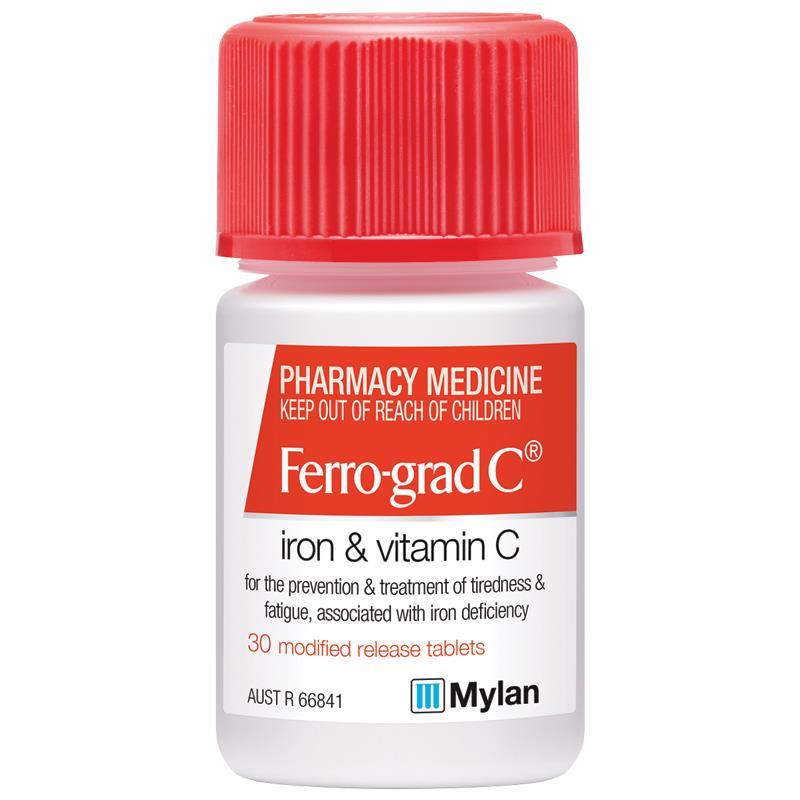
We know now that swamping the body with more than 15mg non-heme is an exercise in futility. The body may accept it for a few days, but then the hepcidin hormone regulates things in self-protection, blocking further absorption.
This is called the hepcidin effect: the body blocks the absorption of iron for up to 48 hours following large supplemental doses. Smaller doses, further apart, tend to work better. Much as a person would naturally get eating a plant-based diet.
These supplements are always non-heme from plants. Medical science has known for a long time the dangers of consuming too much heme iron (as from meat). This but it hasn’t affected meat advertising yet.
Summary
The marketing that you have to eat meat to get iron is not based on science. It is a sales ploy which has little to do with health. If you are adopting a plant-based diet and fear you may become weak and anaemic, rest assured, the opposite is true – as long as you are eating enough food overall. Getting iron from plant foods is very effective, and the safest way to go.
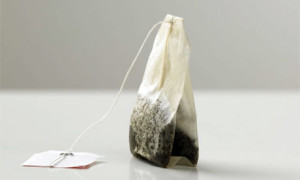



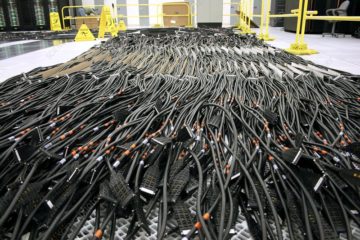
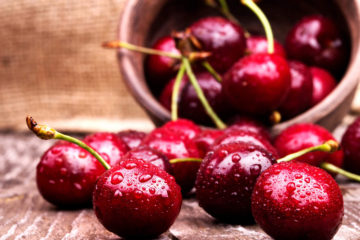
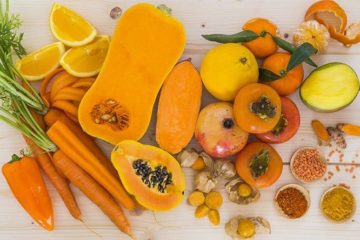
2 Comments
Em · January 3, 2022 at 7:41 pm
I just had my 2nd iron infusion within 6 months. I eat by all the iron rules 2 hours either side of dairy etc above . Couldn’t hold onto iron due to heavy periods and nothing wrong after heaps of tests with me . I eat red meat with red capsicums etc . I’ve tried to go plant based but cannot stand lentils and beans unfortunately even with fancy recipes . Thanks
Mary Collis · January 6, 2022 at 12:22 pm
Iron deficiency anaemia is a complex problem. Throwing iron at it often does not much to help long term. In your case, I would look at what is causing heavy periods, instead of micromanaging the diet as you have been. That’s something that a one to one consult can help. Go ahead and book in on the booking page for an online consult, or face to face.